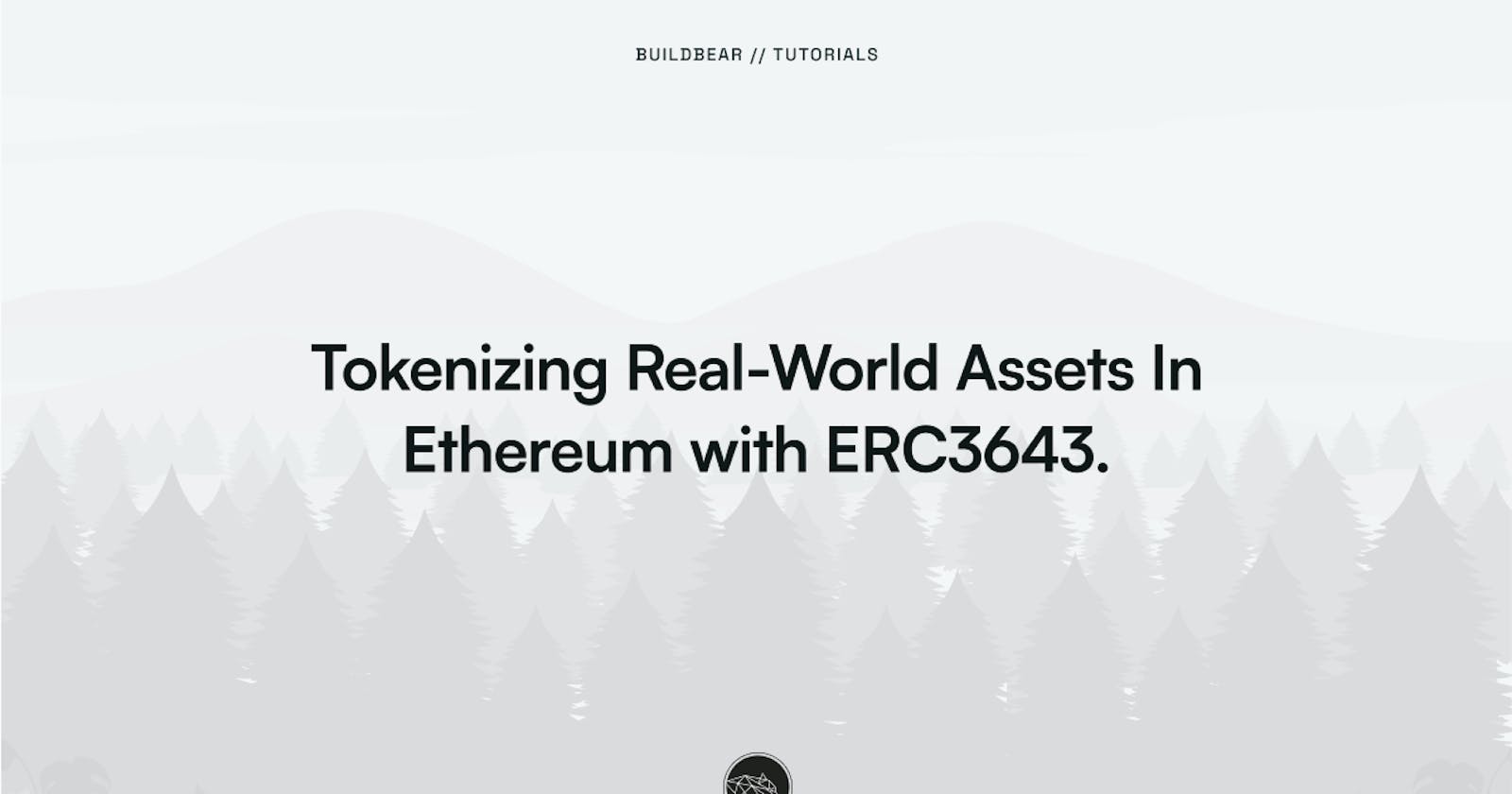Tokenization has emerged as an innovative application of blockchain technology. It is one of the growing markets and popular trends in the blockchain industry with a potential market size of hundreds of trillion dollars. Ethereum community approves ERC-3643 as the first tokenization standard for tokenizing real-world assets.
Understanding Tokenization
Real-world assets (RWAs) are tokenized versions of physical or financial assets such as real estate, art, or any other commodity. These digital tokens represent a share or fragment of the underlying asset, making them tradeable.
Transferring ownership rights of assets as tokens enables easy management of assets on-chain. Tokenization is the process of conversion of assets or utilities into digital tokens, filling the gap between Traditional finance and Decentralized finance.
Unlocking Tokenization Real-World Assets Using Blockchain
Blockchain technology is increasingly adopted for tokenizing real-world assets, enabling fractional ownership, enhanced liquidity, and smoother transactions, thereby democratizing access to traditionally illiquid assets. Anyone can verify and authenticate tokens with their metadata leveraging the transparency nature of blockchain.
The fractionalization process consists of the division of the asset considering various metrics and Issuance of tokens marking its legal and regulatory aspects. RWA lending protocols enable the tokenization of real-world assets for use as collateral paving the path for decentralized lending and borrowing opportunities.
Introducing ERC 3643: Tokenization standard of RWA in Ethereum.
The ERC-3643, with T-REX as its original implementation, is an open-source protocol that enables the issuance, management, and transfer of tokens. The major issue with tokenizing real-world assets is in legal compliance, ERC3643 can properly handle legal complexities related to property ownership.
It facilitates the tokenization process for assets such as real estate and art by specifying rules and procedures for creating, managing, and trading tokens. By utilizing ERC-20 tokens and Ethereum's smart contracts, ERC-3643 enables the creation of programmable agreements containing essential asset information like ownership and compliance details. Moreover, it ensures compatibility with existing DeFi platforms, enabling seamless interaction within the blockchain ecosystem and increasing liquidity through asset utilization and transaction capabilities like lending and collateralization.
ERC-3643 prioritizes regulatory compliance by implementing legal mechanisms to govern asset tokenization, ensuring adherence to local regulations and enhancing security and transparency for broader acceptance.
Some of the key advantages of asset tokenization include:
Enhanced liquidity and market efficiency
Fractional Ownership
Transparency and Price discovery
Inclusivity and democratizing investments by lowering the entry barrier
Challenges in RWA Tokenization Implementation
There is a risk in the implementation of the Tokenization of RWAs for the scope of smart contract bugs and vulnerabilities. Additionally, uncertainty in regulatory laws necessitates subsequent changes in on-chain rules. Since each asset possesses unique features, they align with specific legal constraints, leading to complexity.
Conclusion
Tokenization of Real-World Assets opens up huge opportunities in web3 space bridging traditional finance and decentralized finance reforming trust of real-world valuation and legal framework into a decentralized digital ecosystem. In the evolving blockchain landscape, RWAs expected to onboard more users into the crypto ecosystem bringing greater market efficiency.
About BuildBear
BuildBear is a platform for testing dApps at scale, for teams. It provides users with their own private Testnet to test their smart contracts and dApps, which can be forked from any EVM chain. It also provides a Faucet, Explorer, and RPC for testing purposes.
BuildBear aims to build an ecosystem of tools for testing dApps at scale for the teams.
